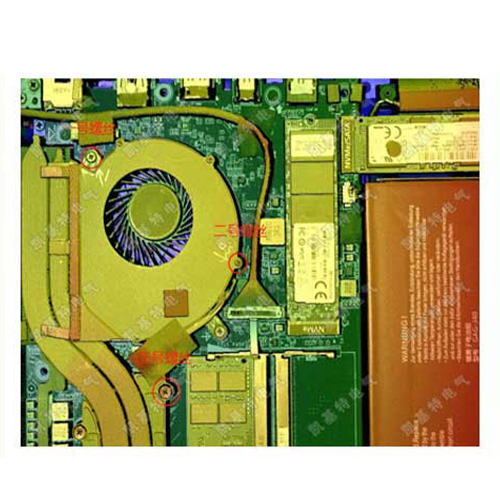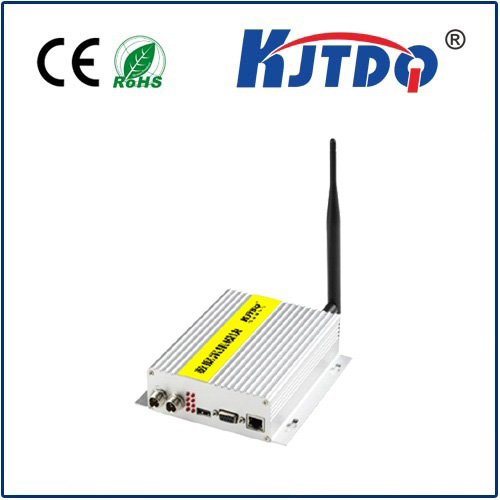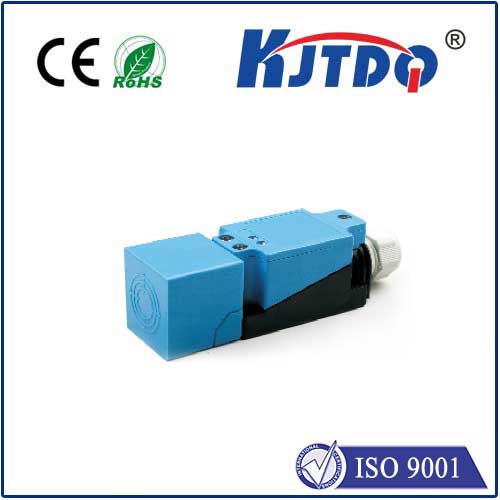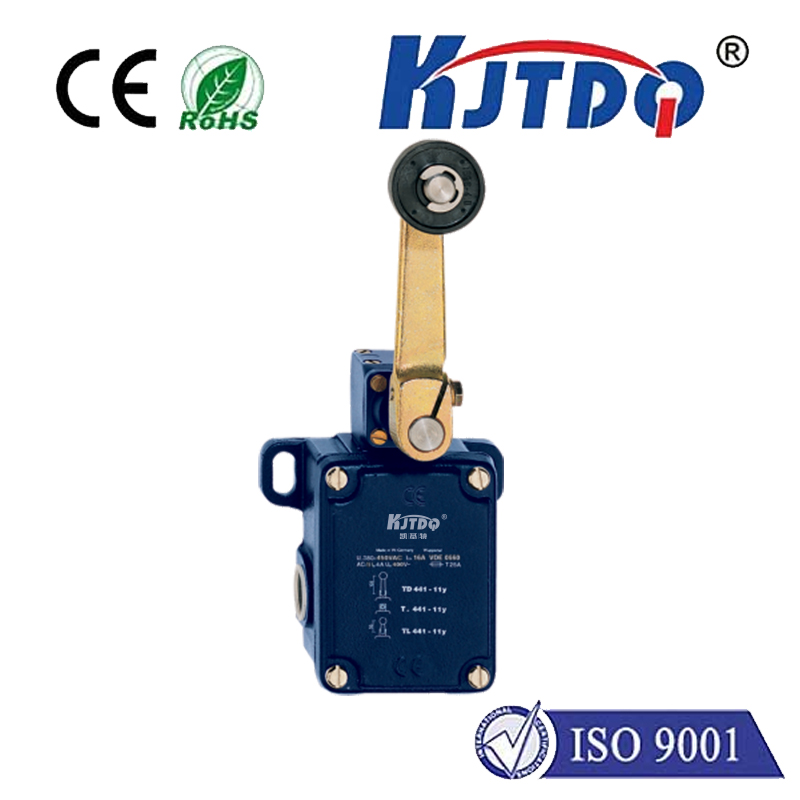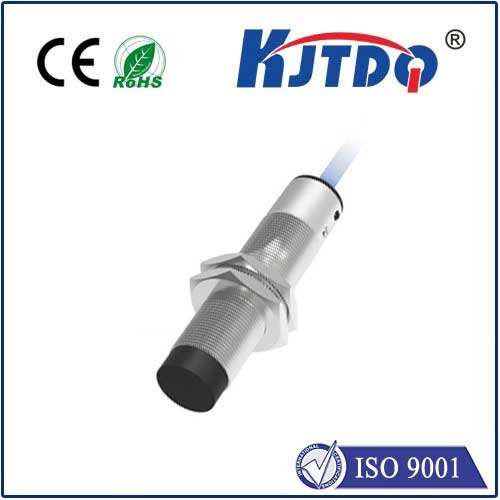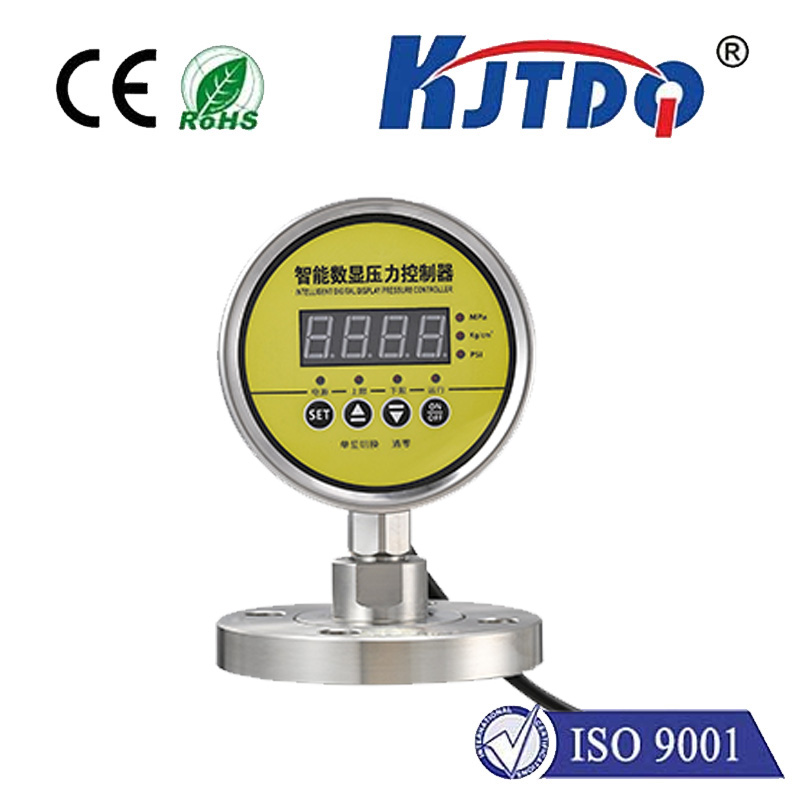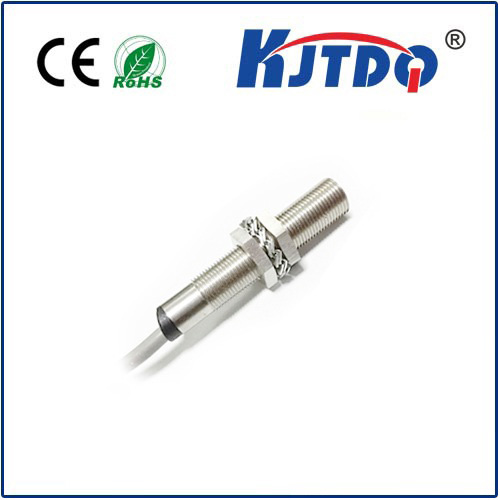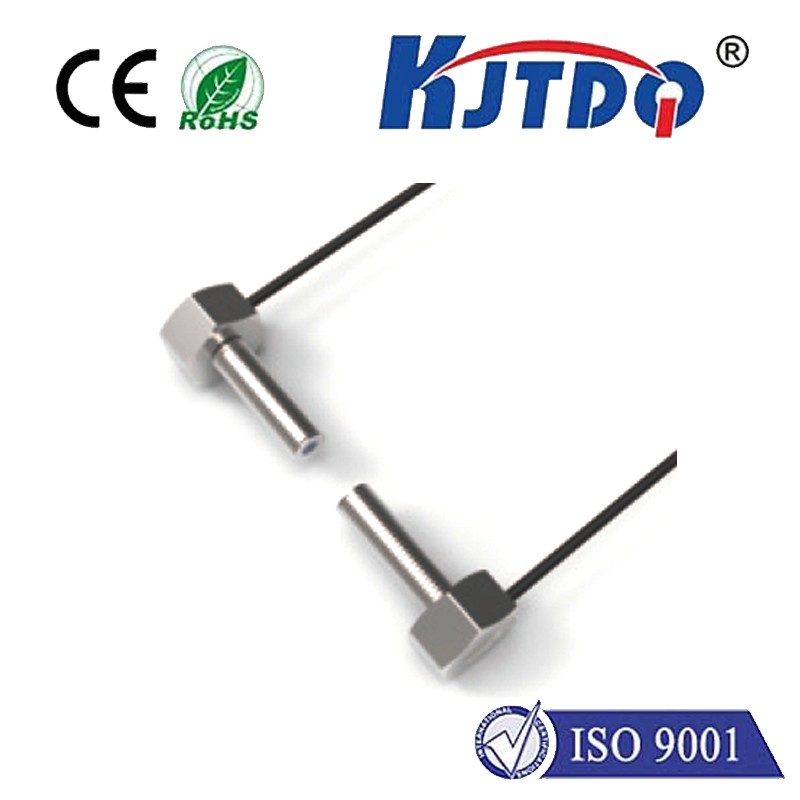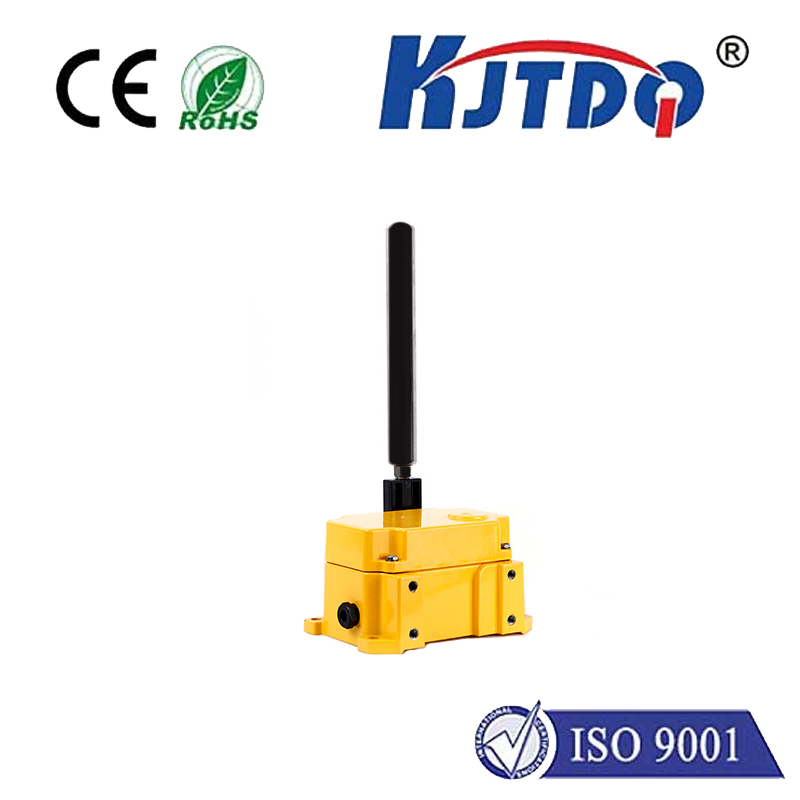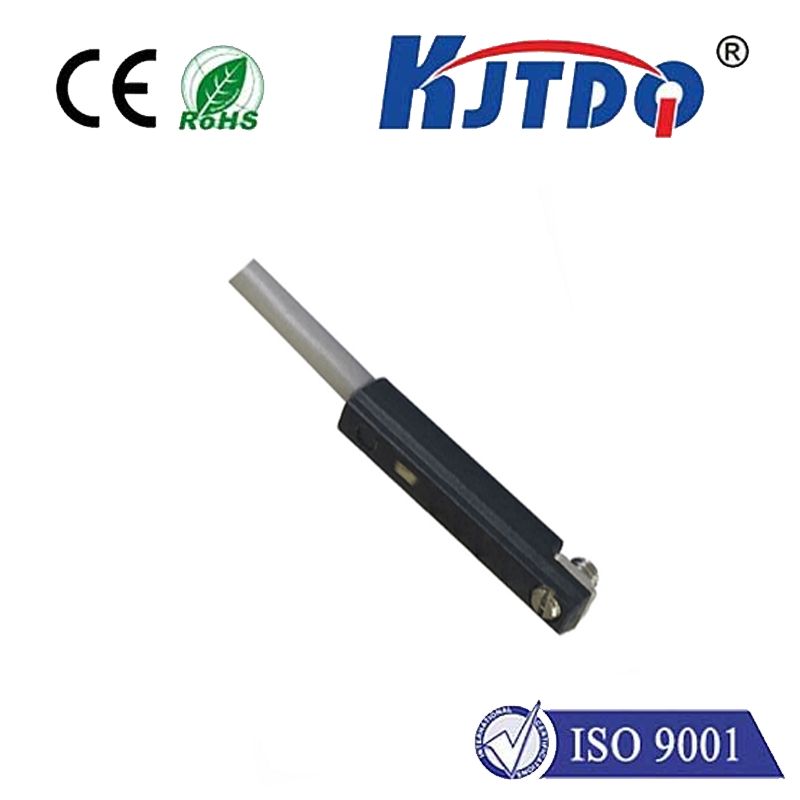BES04TZ proximity sensor
- time:2025-10-17 01:51:07
- Click:0
BES04TZ Proximity Sensor: Unlocking Precision & Reliability in Industrial Automation
Imagine a high-speed production line where every millisecond counts. Parts zip by, robotic arms execute intricate maneuvers, and precise positioning is non-negotiable. A single missed detection – a component out of place, a machine guard not secured – can trigger costly downtime or even safety incidents. In this demanding world of industrial automation, the silent sentinels ensuring flawless operation are often inductive proximity sensors, and the BES04TZ proximity sensor has established itself as a cornerstone of reliable object detection. This compact, robust device plays a mission-critical role in countless applications, delivering the precision and durability modern manufacturing demands.
Understanding the BES04TZ: Core Technology and Function
At its heart, the BES04TZ is an inductive proximity sensor. This means it detects the presence or absence of metallic objects without any physical contact. How does it achieve this? Internally, it generates a high-frequency electromagnetic field using an oscillator coil. When a metal target enters this field, it induces eddy currents within the metal. This interaction causes a measurable change in the sensor’s internal oscillation amplitude or frequency. Sophisticated electronics monitor this change and trigger the sensor’s switching output.
The “BES” designation typically points to Balluff, a leading manufacturer in industrial automation sensors. The “04TZ” refers to the specific model series within their portfolio, defining key characteristics like:

- Housing Size: An industry-standard M12 threaded barrel, making it incredibly compact and easy to install in tight spaces.
- Sensing Distance: Generally, a 4mm nominal sensing range (Sn). This is the calibrated detection distance for a standard steel target.
- Electrical Configuration: It’s typically a 3-wire DC sensor. Specifically, the BES04TZ model usually features a PNP (sourcing) output, meaning it switches the positive voltage to the load when a target is detected. Some variants might exist with NPN outputs.
- Output Type: Standard models offer a Normally Open (NO) switching function – the output is OFF until a target enters the sensing field, then it switches ON. Some specific variants might have Normally Closed (NC) or other switching logic.
Why the BES04TZ Stands Out: Key Features and Advantages
Beyond the basic function, the BES04TZ incorporates features that make it exceptionally suitable for harsh industrial environments and demanding automation tasks:
- Robust Construction & Environmental Resilience: Built with high-quality materials like nickel-plated brass or stainless steel, the BES04TZ boasts impressive resistance. Its IP67 (IEC 60529) rating signifies complete protection against dust ingress and protection against temporary immersion in water (up to 1m for 30 minutes). This makes it ideal for environments exposed to coolant, washdowns (within limits), oil mist, or metal chips.
- Wide Operating Temperature Range: Engineered for stability, it typically operates reliably within a temperature range of -25°C to +70°C (-13°F to +158°F), ensuring consistent performance in demanding climates or near heat-generating machinery.
- High Switching Frequency: Capable of detecting objects rapidly moving past its face, often handling frequencies beyond 1 kHz (1000 detections per second). This speed is crucial for tracking parts on fast conveyors or monitoring rotating machinery.
- Built-in Protection: Incorporating reverse polarity protection safeguards the sensor from accidental miswiring. Short-circuit protection prevents damage if the output wire accidentally shorts to ground. These features significantly enhance reliability and reduce maintenance headaches.
- Exceptional Electrical Performance: Operating on a common 10-30V DC supply voltage, it integrates smoothly into most industrial control systems. Its low current consumption minimizes energy usage over large installations. Crucially, it offers high immunity to electrical interference (EMC), ensuring stable operation near motors, drives, and welding equipment.
- LED Status Indication: A built-in LED visibly signals the sensor’s operating state (power on, target detected), simplifying installation, diagnostics, and troubleshooting on the factory floor.
- Long Service Life: The fundamental non-contact operating principle means no moving parts to wear out. This translates to an inherently long operational lifespan, reducing replacement costs and downtime.
Diverse Applications Across Industries: Where the BES04TZ Excels
The BES04TZ’s compact size, robust build, and reliable performance make it a versatile workhorse across numerous sectors:
- Factory Automation: Position detection of machine parts, cylinder piston position feedback (end-of-stroke), presence/absence checks on conveyors and pallet lines, workpiece counting, guarding systems (partially), and tool change verification on CNC machines.
- Packaging Machinery: Monitoring carton presence, detecting foil lids or metal seals on containers, verifying cap placement on bottles, controlling filling levels (for metal containers), and checking label applicator operation.
- Automotive Manufacturing: Detecting metal components on assembly lines (e.g., engines, transmissions, body panels), verifying robot gripper engagement, confirming fixture clamping, monitoring weld nut presence, and sensor integration in automated guided vehicles (AGVs).
- Material Handling: Position sensing on linear actuators and slides, detecting trolleys or carriers on overhead conveyors, pallet presence verification in warehouses, and monitoring gate positions.
- Metalworking & Machining: Tool breakage detection (on metal tool holders), part clamping confirmation, spindle position monitoring, and chip bin level detection (metal chips).
- Food & Beverage (Carefully Selected Applications): While often requiring stainless steel variants and specific food-grade considerations, they can be used for detecting metal lids, cans, or foil seals on packaging equipment where IP67 washdown resilience is needed.
Installation and Integration: Best Practices
Integrating the BES04TZ proximity sensor effectively is straightforward but requires attention to detail:
- Mounting: Screw the M12 barrel into a pre-tapped hole or use an appropriate M12 mounting nut and bracket. Ensure the sensing face is correctly oriented towards the target area. Avoid mounting flush in conductive (metal) material unless explicitly designed for flush mounting – most inductive sensors require a non-metallic surrounding zone per their datasheet specifications to achieve the rated sensing distance.
- Wiring: Carefully follow the wiring diagram specific to the BES04TZ variant (PNP/NPN, NO/NC):
- Brown Wire: Connect to +VDC (10-30V).
- Blue Wire: Connect to 0V (GND).
- Black Wire: This is the switched output (PNP). Connect this to the input of your PLC, controller, relay, or indicator. Ensure the load connected to the black wire also has its ground/reference connected correctly.
- Target Considerations: Remember it detects ferrous (steel, iron) and non-ferrous (aluminum, brass, copper) metals, but with potentially differing sensing distances (usually shorter for non-ferrous). Always test the actual sensing distance with the intended target material. Ensure the target meets the minimum size specification for reliable detection.
- Environment: While robust, avoid direct high-pressure water jets unless specified for higher IP ratings. Protect wiring connections. Be mindful of extreme temperatures outside the specified range.
The Undeniable Value Proposition
In the intricate dance of modern industrial automation, where precision, speed, and unwavering reliability are paramount, components like the **B






